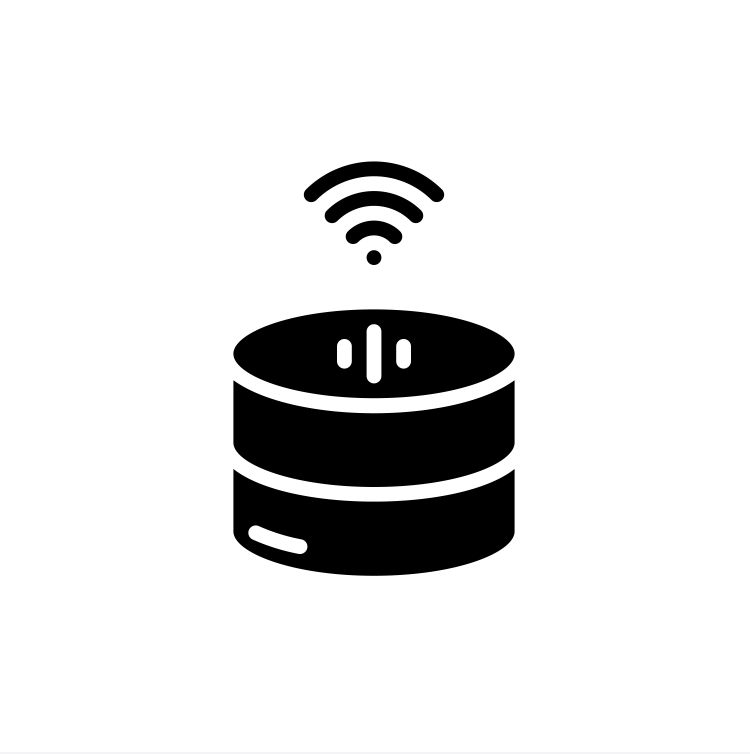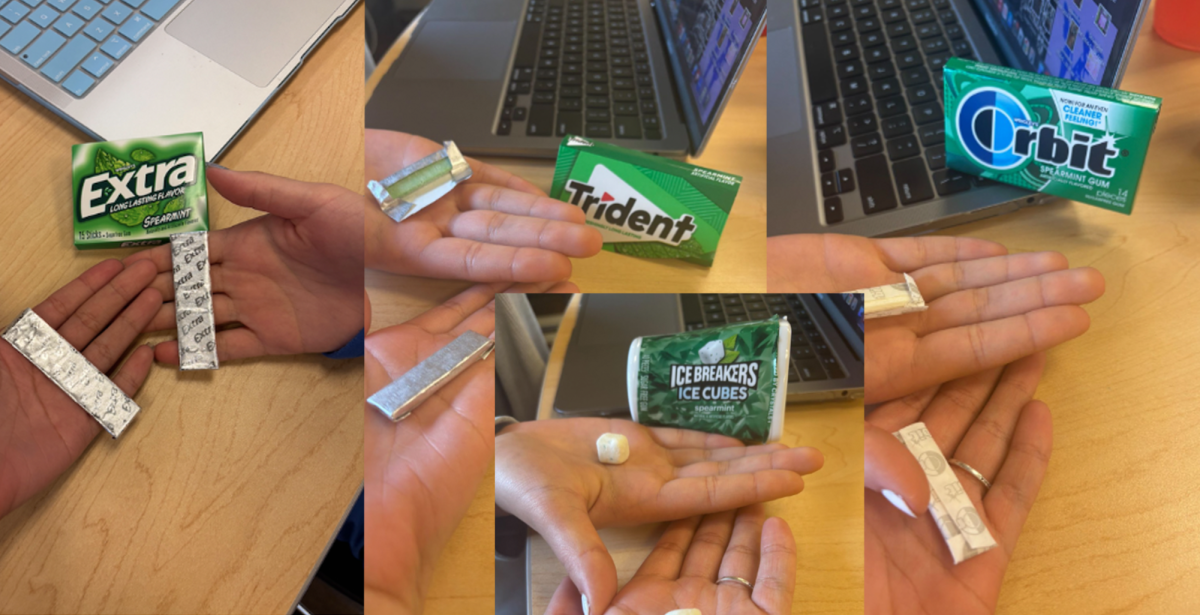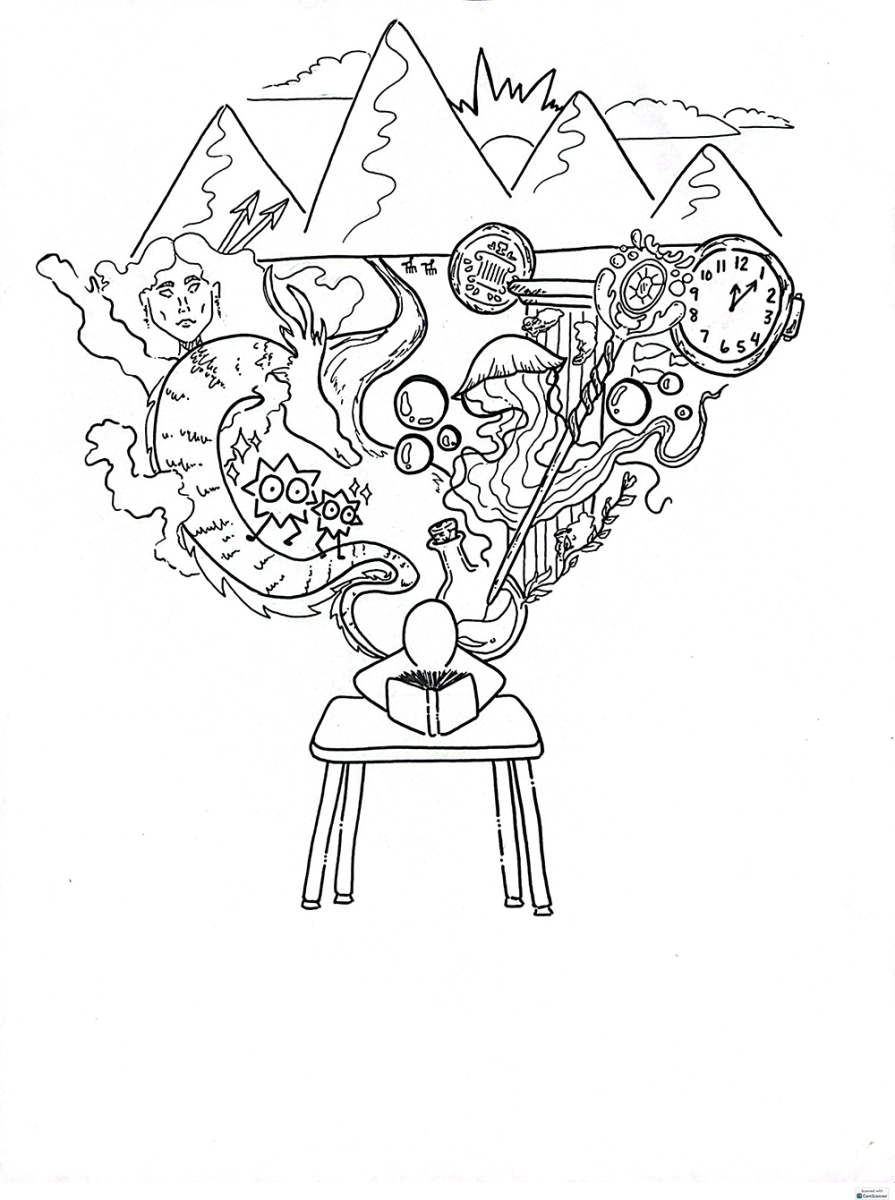Close to 70 million people in the U.S. now use smart home technology—that’s roughly one in five Americans, based on the Census Bureau’s domestic population estimate.
Today, the American smart home market is driven by the technologies developed by major companies like Amazon, Apple, Google and Samsung. Their respective ecosystems—Alexa, HomeKit, Google Home and SmartThings—all have a unique draw.
They all share the same purpose: enhancing the user’s day-to-day life. To achieve this, each company has introduced their own smart speaker.
Since the first consumer-oriented smart speaker released in 2014, the entire smart speaker industry has come a long way in just over a decade. Controlling music, checking the temperature inside, turning on the lights, setting a timer, making calls and sending messages are all activities that, just over a decade later, require no more than vocalizing one’s wishes.
Smart speakers are at the center of almost every smart home. Acting as a hub for the smart home, they are connected to devices like Google Nests (formerly Google Homes) or Apple HomePods, which connects the various smart home devices present throughout the home. While they can play the news or a podcast, many users buy smart speakers to harness the potential of their smart home.
Beachwood freshman Arynne Chang described how her family makes use of their smart home setup.
“Alexa turns on the lights and announces updates from the security cameras,” said Chang, whose family has used a smart home assistant for about six years.
If smart speakers are the voice of a smart home, then virtual assistants are its mind.
Almost every smartphone user is familiar with assistants like Alexa, Siri, Google or Bixby. On a smart speaker, the designated digital assistant interprets voice or text commands by understanding language, learning from usage patterns, accessing data and processing power through the cloud.
Over the years, the major smart assistants featured on smart speakers, like Google Assistant and Alexa, have improved in quality. Adding ease and enjoyment to functionality, digital assistants have continued to deliver an optimal user experience for many.
Still, freshman Antoni Hinczewski, a smart home user of roughly five years, has expressed his desire for greater advancement in voice assistant technology.
“I hope they improve voice recognition and their ability to answer questions effectively,” Hinczewski said.
Nevertheless, both Hinczewski and Chang expressed their appreciation for what their smart speakers are still able to do: enable quick and convenient calling, regardless of whether their phone is nearby.
Freshman Max Spyke shared similarly positive sentiments about his own Alexa, which he has owned for six years.
“[The Alexa] can turn on the oven if I don’t want to get up,” Spyke said of one of his favorite uses for the smart speaker.
The benefits provided by most smart speakers explain why Amazon’s smart speakers have been hailed as a “household name” by Vox—Alexa has simply become the most commonplace smart speaker, and has proven a wildly successful venture on Amazon’s part.
One notable exception to the trend of growth seen by speakers like Alexa is Apple. Despite having set the stage for the advancement of digital assistants via its swift acquisition of virtual assistant Siri, Apple maintains a relatively meager market share of just 16% in the smart speaker category, according to data collector Statista.
The price tag of Apple’s cheapest speaker perhaps presents customers with limited value considering its $99 cost.
Spyke expressed his displeasure with digital assistant Siri, which operates Apple’s HomePod speaker lineup, describing the assistant as “pretty useless.”
Apple’s troubles are nothing compared to those of Samsung. The latter’s not-so-widely anticipated Bixby-based smart speaker, dubbed the Samsung Galaxy Home, has never been fully released commercially, even approaching almost eight years since its announcement.
Google’s smart home ecosystem is the most fortunate of them all, save Alexa. Boasting everything from a tablet doubling as a smart home hub to a smart thermometer, it makes sense that data from Statista reveals Google’s entire suite of smart home speakers lags only behind Amazon’s in popularity.
Regardless of individual success, one issue has plagued the entire smart home market since its inception: fragmentation.
Owing to the proliferation of competing smart home platforms, proprietary protocols varying from manufacturer to manufacturer have long meant an accessory working in one ecosystem may not work in another.
Though some platforms, like IFTTT (If This Then That) and Home Assistant, have tried to consolidate various standards to provide more seamless connectivity to users, their ‘glue-like’ approach of hastily aggregating various smart device connectivity standards is inherently less desirable than native interoperability; a reliable ability to connect from the beginning far outshines an uncertain ability to connect later on.
In the face of an ever-growing decentralization crisis in the smart home industry, efforts by Amazon, Apple, Google and Samsung have led to significant strides to unify future smart home protocols through a modern standard known as Matter, which has increasingly grown in popularity since its launch in late 2022.
Alongside established smart home platform providers, reputable third-party manufacturers like Philips Hue, Arlo, Hunter Fan, Ecobee, Honeywell, Aqara and Eve Systems continue to provide innovative products that drive the smart home industry forward.
Given the positive trajectory set by healthy competition, it comes as no surprise that revenue in the smart home market is projected to reach $43 billion this year.
Through anything from smart home security cameras to voice-controlled thermostats, there are countless methods to experience a unique industry still in its ascent.









![“My parents have always said that education is important. My parents are Chinese immigrants, I'm Chinese American, [and that's a] value that has always been ingrained in our community,” said Senior Lyndia Zheng, pictured with Tony Zheng](https://bcomber.org/wp-content/uploads/2025/10/DSC_4244.jpg)





Somali Ghosh • May 29, 2025 at 7:42 AM
Loved the article! Very informative and well thought out!